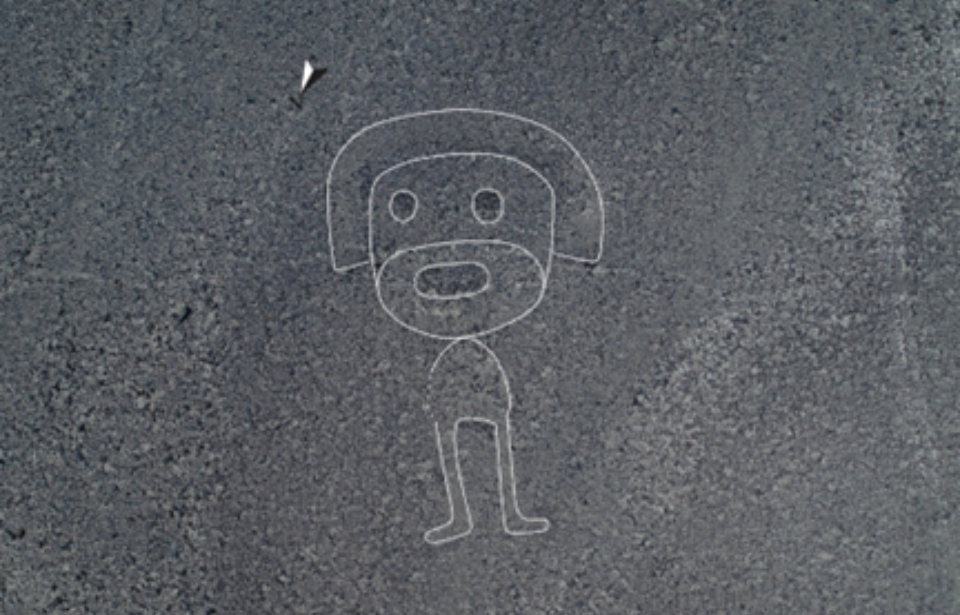One hundred and sixty-eight Nazca lines, or ‘geoglyphs’, have been found in Peru at the Nazca UNESCO World Heritage Site. Researchers have taken to the skies to capture photos of the remarkable and mysterious lines that were etched into the landscape by ancient peoples. However, their continued work has done little to explain exactly what the Nazca lines are or why they were created.
The Nazca lines are difficult to spot
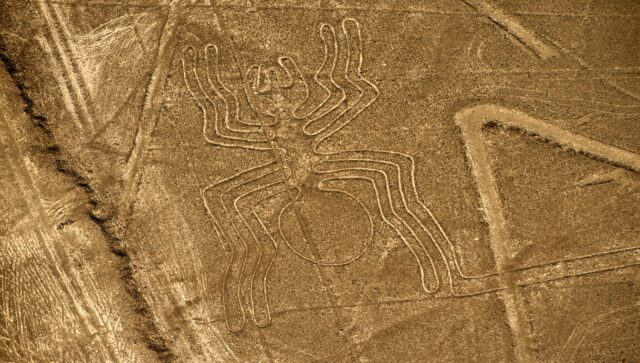
From the ground, the Nazca lines are almost impossible to see. They’re difficult to spot from this sightline because most of them are relief etchings measuring only 10-15 centimeters deep. They were made by removing a dark, rocky upper layer from the ground and exposing a bright layer underneath that contains high levels of lime. The lime helps prevent the lines from suffering severe damage caused by wind erosion.
There were a number of artifacts found near the lines that have helped to determine when and how they were made. Items like clay pots were discovered that dated the creation of the lines between 100 BCE and 300 CE. Additionally, wooden stakes and simple tools were found that appear to have been used to create the lines, and also suggest surveying of the area had taken place.
An aerial view is required to get a good look
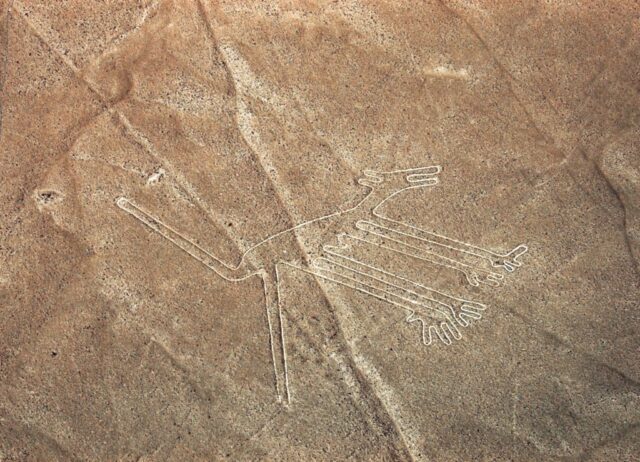
When the Nazca lines were first discovered, it was nearly impossible to truly understand their shape and form. This is because the lines are only truly perceivable from an aerial view. Although the lines had already been identified, it wasn’t until the advent of planes that researchers got a real glimpse into their size and magnitude.
Now, researchers use drones to capture high-resolution aerial photos of the geoglyphs that are subsequently analyzed by artificial intelligence (AI) programs. In fact, in 2019, an entirely new Nazca line was discovered by AI. During field studies, it’s been determined that AI is faster and more reliable at identifying Nazca lines than the human eye.
Their purpose is still unclear
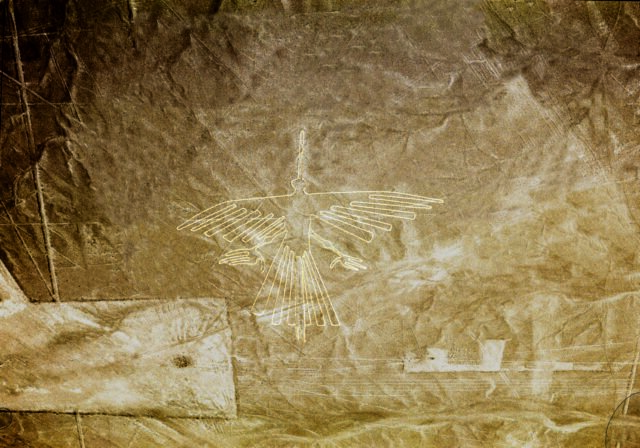
The discovery of Nazca lines is an incredible achievement, but unfortunately, researchers are still unsure why they were created. Between 500 BCE and 500 CE, ancient societies in Peru created shapes and figures in the surrounding landscapes, and many have been found around the country.
One theory suggests that they were meant for communication between humans and the gods looking down upon the earth from the sky. This would explain why the Nazca lines are almost entirely perceivable from an aerial view. Another theory suggests that the Nazca lines were created ritualistically to reflect astronomical patterns, serving as a reflection of the stars.
These are simply theories, however, and neither has been proven to be true.
Researchers at Yamagata have helped find a significant number of Nazca lines
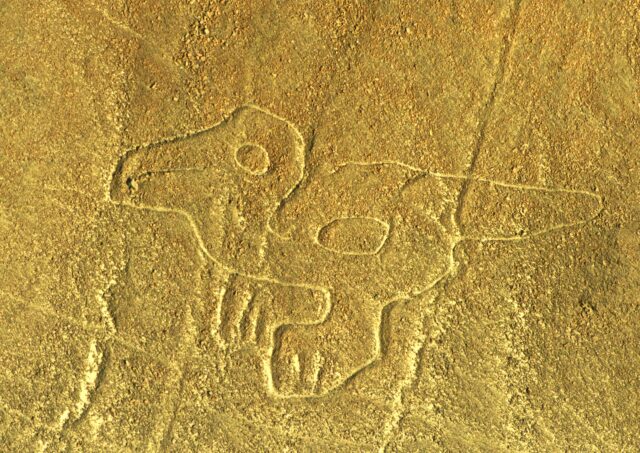
Researchers at Yamagata University in Japan joined the initiative to locate and analyze Nazca lines, led by Professor Masato Sakai of the Cultural Anthropology and Andean Archaeology department. In 1994, part of the Nazca desert was declared a UNESCO World Heritage Site. Following this, by working in collaboration with the Peruvian Ministry of Culture, Yamagata researchers were able to increase the number of found Nazca lines from 30 to 358.
In 2017, an archaeological park was established, and 168 new geoglyphs have recently been found in the form of humans, birds, killer whales, cats, and snakes. Yamagata researchers have been credited with finding 190 geoglyphs between 2004 and 2018. This is an impressive number, however, Peruvian archaeologist Luis Jaime Castilla says he believes only five percent of all possible Nazca lines have been found.
More from us: 12 Stunning Cliff Constructions from the Ancient World
If this is true, the Yamagata researchers and Peruvian archaeologists have a lot of work ahead of them.
